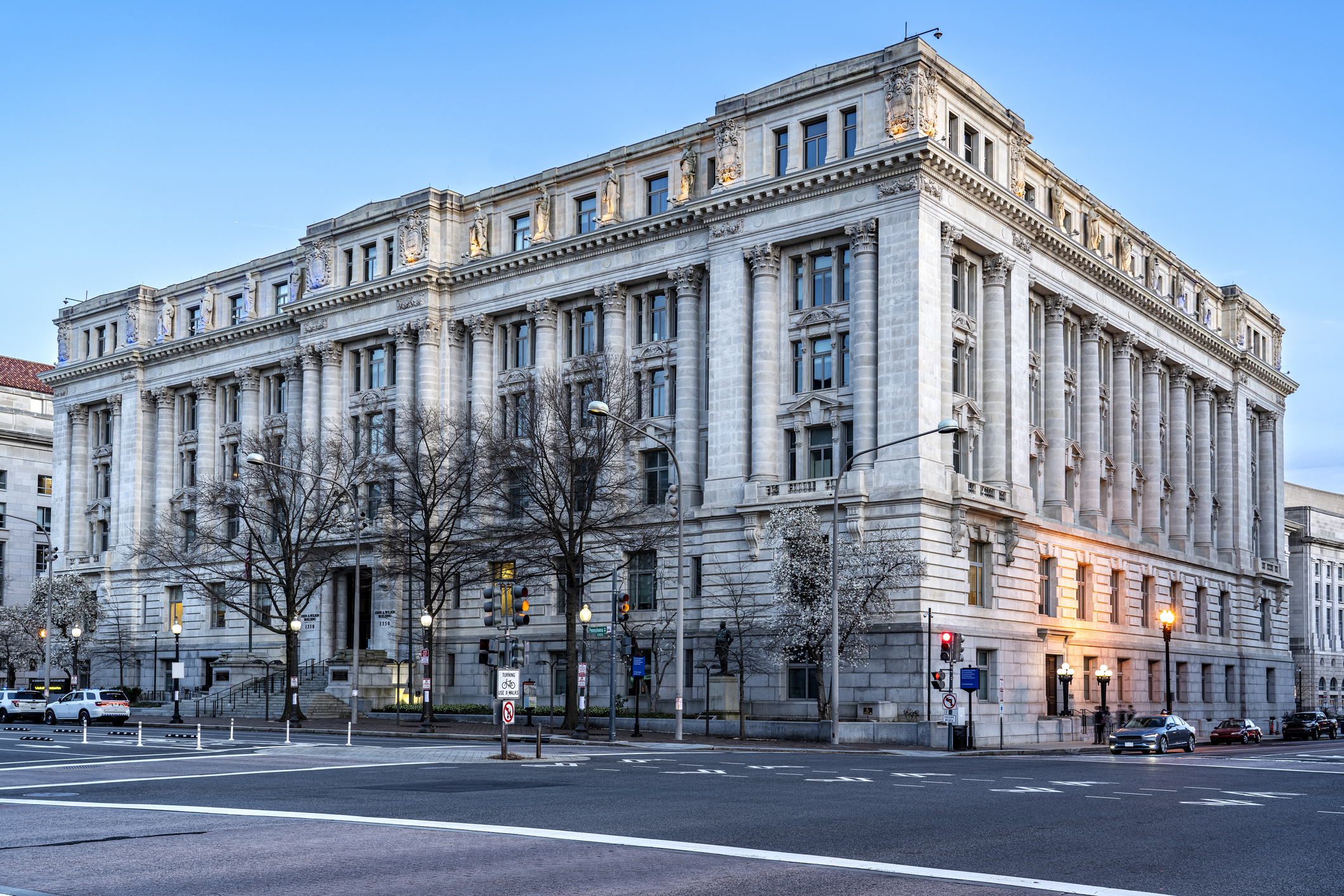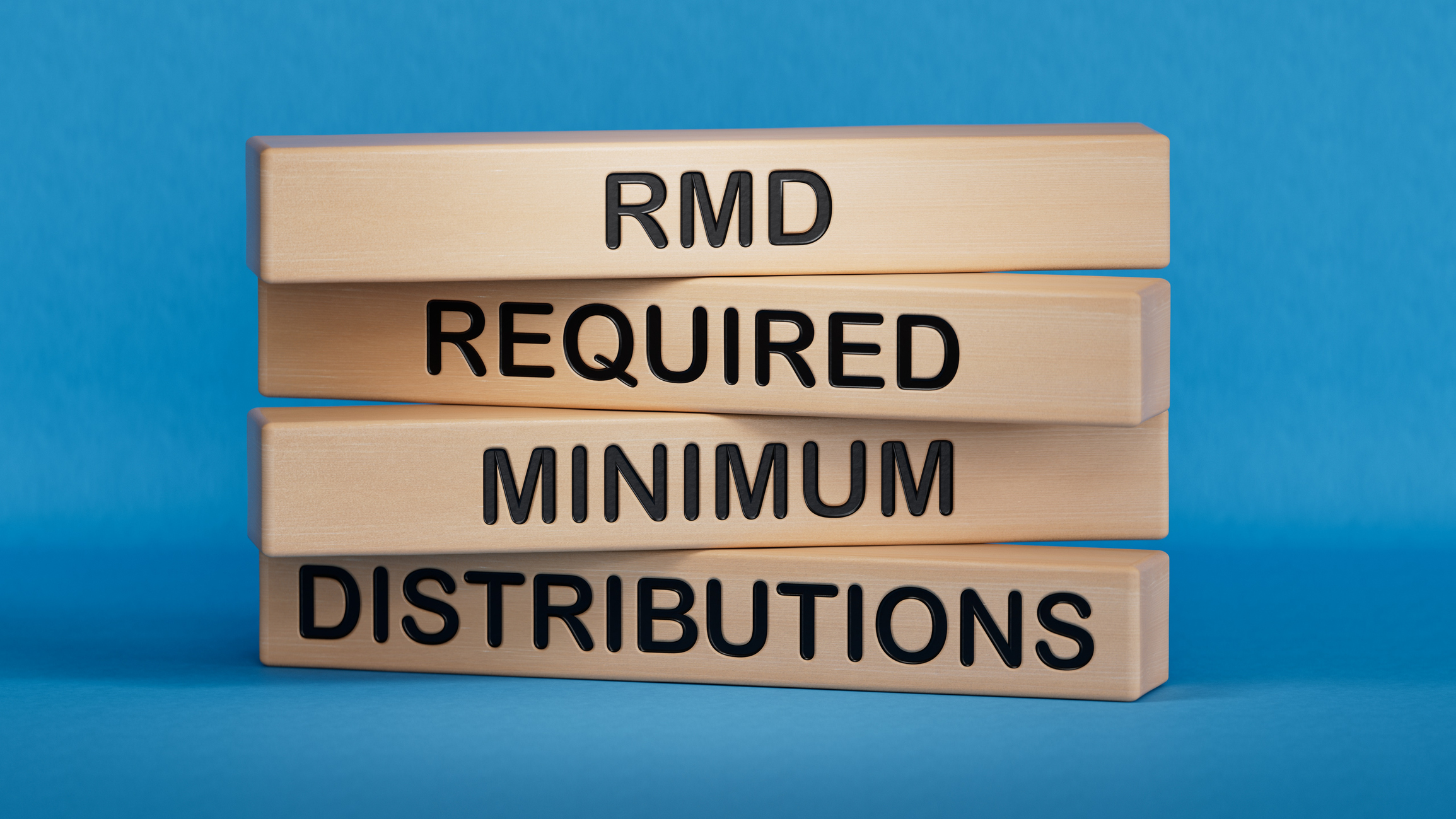Trump Tariffs and the Supreme Court: Three Things to Know Now
The outcome of this legal battle about tariffs will hit your wallet in one way or another.


If the constant news about tariffs feels overwhelming and even a bit tiresome, there’s a good reason.
In the past seven months, President Donald Trump’s sweeping tariffs have touched nearly every aspect of U.S. imports. And since early 2025, the average U.S. tariff rate has increased to roughly 18.6% as of August. That’s reportedly the highest level since the 1930s.
Trump’s latest round included fresh tariffs up to 100% on products ranging from furniture to heavy-duty trucks and pharmaceuticals.
From just $107.88 $24.99 for Kiplinger Personal Finance
Be a smarter, better informed investor.

Sign up for Kiplinger’s Free Newsletters
Profit and prosper with the best of expert advice on investing, taxes, retirement, personal finance and more - straight to your e-mail.
Profit and prosper with the best of expert advice - straight to your e-mail.
However, a recent federal court ruling found that most of the tariffs are illegal, and the U.S. Supreme Court (SCOTUS) will now decide the case.The U.S. Supreme Court is set to weigh in on the legality of President Donald Trump’s sweeping trade tariffs, potentially reshaping the rules for U.S. imports going forward.
During oral arguments November 5, key justices seemed skeptical about the president's emergency tariff powers.
What will their eventual ruling mean for you and your wallet in 2025? Here are three things to know.
1. A federal appeals court ruled most of Trump's ‘emergency’ tariffs illegal
Most of Trump’s controversial tariffs were imposed under the International Emergency Economic Powers Act (IEEPA). That law allows the president to declare national emergencies and take economic measures in response.
Trump declared that the U.S. trade deficit is a national emergency and invoked IEEPA to impose sweeping “reciprocal tariffs.” Initially, that meant a minimum 10% tariff on most imports and much higher tariffs on select countries.
But, the U.S. Court of Appeals for the Federal Circuit struck down most tariffs in a 7-4 decision, ruling IEEPA does not permit the President to impose taxes or tariffs.
“We agree that IEEPA’s grant of presidential authority to 'regulate' imports does not authorize the tariffs imposed by [Trump’s] Executive Order,” the majority wrote.
In ruling against the Trump administration, the federal appeals court emphasized that the power to levy tariffs is constitutionally vested in Congress, not the president.
In doing so, the court went on to point out that, “Notably, every Congressional delegation to the President of the core legislative power to impose tariffs includes well-defined procedural and substantive limitations.”
The appellate court’s August 29 ruling — and earlier findings from the U.S. Court of International Trade — set the legal stage for the Supreme Court’s review.
2. Trump thinks the court’s tariff ruling would be a ‘total disaster’ for the U.S.
Trump responded to the legal blow against his trade policies with a post on his Truth Social platform.
“ALL TARIFFS ARE STILL IN EFFECT! ... a Highly Partisan Appeals Court incorrectly said that our Tariffs should be removed, but they know the United States of America will win in the end. If these Tariffs ever went away, it would be a total disaster for the Country.”
Trump has framed tariffs as essential for protecting U.S. jobs, industries, and long-term economic strength. He claims that reversing them would "our country would be completely destroyed."
Sen. Amy Klobuchar (D-Minn.) praised the initial court decision and, in a released statement, said, “Instead of raising costs with tariff taxes, the President should be focused on bringing relief to the American people and lowering costs.”
Earlier this year, Klobuchar joined Sens. Maria Cantwell (D-Wash.) and Chuck Grassley (R-Iowa) to introduce the Trade Review Act of 2025 to reassert “limits on the president’s ability to impose tariffs without Congressional approval unilaterally.
Pacific Legal Foundation senior attorney Oliver Dunford, in a statement emailed to Kiplinger, praised the Court of Appeals decision, saying, “Any other decision would have raised insurmountable constitutional problems.”
Note: The Pacific Legal Foundation represents several plaintiffs suing the government in federal court to challenge the president’s authority to impose tariffs.
Meanwhile, some economists continue to warn that Trump’s tariffs stoke inflation and slow economic growth, with the resulting losses being passed directly on to U.S. households. Studies project future GDP cuts of 6% and long-term wage declines of around 5%.
3. Supreme Court hears Trump tariffs appeal
The Supreme Court’s review is fast-tracked due to the outsized impact on trade, executive powers, and household budgets.
The November 5 oral arguments offered clues about the justices’ positions...whether they lean toward curbing presidential authority, upholding emergency powers, or seeking a middle ground.
There was active questioning on Congressional intent and the scope of IEEPA.
In an emailed statement regarding the latest case developments, Dunford said, "This is a complicated case involving profound constitutional questions. It's hard to predict exactly how the court will rule, but the President's IEEPA tariffs seem to be in trouble."
The Trump administration warned in its briefs and public statements that unwinding tariffs would mean undoing numerous trade deals and upending U.S. competitiveness.
Meanwhile, the plaintiffs — including business groups and represented by Pacific Legal Foundation — challenge the constitutional legitimacy of unilateral tariffs under IEEPA.
On his social media platform, the president described the high stakes in a post:
“If we don’t win that, our country is going to suffer so greatly. … These deals — all done — would have to be unwound.”
That echoes language from the Trump administration's brief: “With tariffs, we are a rich nation; without tariffs, we are a poor nation.”
In any case, a ruling from the Supreme Court will ideally not only decide the legality of these tariffs but also clarify the constitutional limits on presidential emergency powers.
The case is Learning Resources v. Trump Trump v. V.O.S. Selections, Inc.
Bottom line: What tariffs mean for your 2025 budget
What does all this mean for you? Key tariffs remain in place for now, including those on hundreds of billions of dollars’ worth of Chinese goods, as well as steel and aluminum imports.
- As Kiplinger has reported, these tariffs affect a wide range of everyday and industrial products, including smartphones, machinery, cars, appliances, clothing and more.
- All told, they still cover about two-thirds of U.S. imports, leaving businesses and markets in limbo, as they face ongoing uncertainty about trade policy.
Remember: Tariffs are taxes that impact everyday household budgets and buying power in very real ways.
Yale’s Budget Lab estimates U.S. households already pay roughly $2,400 extra per year, equating to about a 1.8% bump in costs.
Shoe prices are up nearly 40%, apparel by 37%, and many cars cost several thousand dollars more. As the legal battle unfolds, consumers bear the real burden through higher prices.
Stay tuned.
This story has been updated to include information about the Supreme Court oral arguments.
Read More
- Trump Tariffs Update: What's Happening Now?
- Tariffs: What They Are and What They Mean for Your Wallet in 2025
- Trump's 50-Year Mortgage: The Hidden Cost for Homeowners and Their Taxes
- What Health Insurance Tax Credits Have to Do With the Government Shutdown
Profit and prosper with the best of Kiplinger's advice on investing, taxes, retirement, personal finance and much more. Delivered daily. Enter your email in the box and click Sign Me Up.

As the senior tax editor at Kiplinger.com, Kelley R. Taylor simplifies federal and state tax information, news, and developments to help empower readers. Kelley has over two decades of experience advising on and covering education, law, finance, and tax as a corporate attorney and business journalist.
-
 4 Black Friday Scams to Watch Out for
4 Black Friday Scams to Watch Out forThe deals are heating up, but so are the scams. Here's how to spot some of the most common Black Friday scams this holiday season.
-
 Ramit Sethi Tells Us the Biggest Retirement Mistake You Can Make
Ramit Sethi Tells Us the Biggest Retirement Mistake You Can MakeThe MasterClass instructor, author and behavioral finance expert on what could be costing retirees their happiness.
-
 Capital Gains Tax Quiz: How Well Do You Really Know IRS Investment Tax Rules?
Capital Gains Tax Quiz: How Well Do You Really Know IRS Investment Tax Rules?Quiz Take our capital gains tax quiz to test your investment taxes knowledge. Learn about loss rules, holding periods, and tax incentives that could impact your savings.
-
 6 Tax Reasons to Convert Your IRA to a Roth (and When You Shouldn't)
6 Tax Reasons to Convert Your IRA to a Roth (and When You Shouldn't)Retirement Taxes Here’s how converting your traditional retirement account to a Roth IRA can boost your nest egg — but avoid these costly scenarios.
-
 Are New Trump $2,000 Stimulus Payments Coming in 2026? What to Know Now
Are New Trump $2,000 Stimulus Payments Coming in 2026? What to Know NowTax Policy A promise of $2,000 tariff dividend checks is raising questions and fueling confusion.
-
 Could Tax Savings Make a 50-Year Mortgage Worth It?
Could Tax Savings Make a 50-Year Mortgage Worth It?Buying a Home The 50-year mortgage proposal by Trump aims to address the housing affordability crisis with lower monthly mortgage payments. But what does that mean for your taxes?
-
 3 Ways High-Income Earners Can Maximize Their Charitable Donations in 2025
3 Ways High-Income Earners Can Maximize Their Charitable Donations in 2025Tax Deductions New charitable giving tax rules will soon lower your deduction for donations to charity — here’s what you should do now.
-
 Another State Bans Capital Gains Taxes: Will More Follow in 2026?
Another State Bans Capital Gains Taxes: Will More Follow in 2026?Capital Gains A constitutional amendment blocking future taxes on realized and unrealized capital could raise interesting questions for other states.
-
 Emergency Tax Bill Ends $6,000 Senior Deduction and Tip, Overtime Tax Breaks in D.C.
Emergency Tax Bill Ends $6,000 Senior Deduction and Tip, Overtime Tax Breaks in D.C.Tax Law Here’s how state tax conformity rules could immediately raise your income tax liability.
-
 New RMD Rules: Can You Pass This Retirement Distributions Tax Quiz?
New RMD Rules: Can You Pass This Retirement Distributions Tax Quiz?Quiz Take our RMD quiz to test your retirement tax knowledge. Learn about RMD rules, IRS deadlines, and tax penalties that could shrink your savings.